KILLING FIELDS
Main Cast: Uma Thurman, David Carradine
Director: Quentin Tarantino
It was starting to get a little cold on the interstate on ramp and traffic was minimal. I nearly decided to return back to the Super 8 for the night when a large white International Harvester pulled to a stop and a friendly voice told me to hop on in. Now hopping in is easier said than done when you have fifty-seven pieces of matching Louis Vuitton at your side, but we soon had it all tidily stacked away in the sleeper (with only a few pieces needing to be lashed to the cab roof with a bungee cord). And we were on our way South back to more civilized parts. I asked my host, a lady trucker who told me to call her Mel, if she could drop me at the airport in Birmingham. She answered that wouldn’t be possible as my luggage load had delayed her a bit but, if I was willing to hold on a few more hours, she could drop me at New Orleans International after delivering her load of toilet paper and sani wipes to the CVS distribution center in Metairie. What’s a few more hours, I thought, and we chatted amiably about the joys of life on the road and the foibles of the men folk as the countryside sped past. Mel was lamenting her wardrobe of flannel shirts and baggy jeans so I broke open one of my valises and gifted her with a lovely little cocktail frock in a cerise chiffon which will make her the belle of the truck stop diner next time she takes herself to dinner.

As we were coming through Slidell, the heavens opened, and it began to pour like crazy and the wind began to pick up as we started onto the Pontchartrain bridge. I enjoy a good thunderstorm and was enjoying the lightning show and the boom of the thunder with the sheets of rain bouncing off the windshield as we inched along the I-20 bridge. We were nice and cozy in the cab until a gust of wind caught us at just the wrong angle causing the truck cab to sashay back and forth. One of the garment bags, the one with my extra ball gowns, came loose from the pile in the sleeper and caught poor Mel on the back of the head causing her to jerk the wheel at just the wrong moment. Next thing I knew we were through the guardrail and the truck was disappearing to the bottom of the lake. Fortunately, I was able to wrest a door open and Mel and I were able to clamber through before being dragged down with it. After treading water for a few minutes, we were able to make it to one of the bridge pilings and clamber up to a spot that was at least partly sheltered from the rain. Mel was philosophical. “At least I’m insured.” I worried about her poor payload of personal products now settling into the mud but then thought that toilet paper is such a common item that a truck load less shouldn’t make any difference in the world.
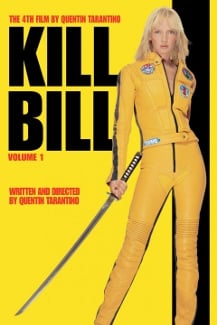
As we sat there awaiting rescue, I decided we needed a good long film to pass the time. Fortunately, my Birkin bag, custom made for me from seal skin, was good and waterproof and my iPad was none the worse for its dunking. Wireless reception wasn’t too bad, so we scrolled through Netflix looking for something to while away the hours. We settled on Quentin Tarantino’s epic revenge fantasy, Kill Bill. As we had plenty of time, we decided to make a go of it and watch both parts one and two back to back. I’ve never been a huge fan of two-part films. Most of them are a single story chopped in half in order to justify two admission prices when they could easily have been put together in a single epic length motion picture with some judicious editing and a bathroom break intermission. The two films together are roughly four hours, not a lot longer than Gone with the Wind or Lawrence of Arabia and people manage to sit through those. The two Kill Bill films were obviously conceived by Tarantino as a single story and shot as one. The split seems to have been ordered by Harvey Weinstein of Miramax.
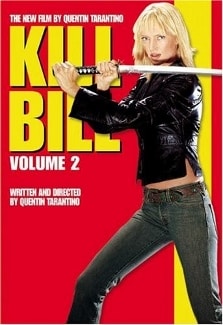
Kill Bill is Quentin Tarantino’s homage to Asian martial arts movies and the film that transitioned him from dialogue driven action dramas such as Pulp Fiction to full on action thrillers. It’s the story of the Bride (Uma Thurman), gunned down in a Texas wedding chapel on the orders of the titular Bill (David Carradine) along with her whole wedding party. She alone survives but is left in a coma for some years. When she awakens, she vows revenge on Bill. It turns out he runs a ring of assassins, all named after snakes, known as the Deadly Viper Assassination Squad and she, under the code name Black Mamba, was one of his star employees. In order to get to Bill, the Bride has to methodically track down and eliminate the other Vipers including Copperhead (Vivica A. Fox), Cottonmouth (Lucy Liu), California Mountain Snake (Elle Driver), and Sidewinder (Michael Madsen). The plot isn’t complex enough to sustain a four-hour film, so Tarantino takes us on a long and rambling journey through backstories, ancient oriental sages straight out of Kung Fu, seedy bars and trailer parks, and Yakuza inhabited Japanese restaurants. The film making veers between naturalistic, heightened, reality, black and white dreamscapes, and even an anime sequence.
In the end, I rather enjoyed it. It’s as if Tarantino took a Bruce Lee film, The House of Flying Daggers, a couple of old grindhouse exploitation flicks, and some 70s television action dramas and threw them all in the blender, hit puree, and then put his own unique stamp on what he poured out. There are visual, verbal, and character tropes from all over and it’s a tribute to him as writer/director that he was able to make it all come out as a unified whole. He didn’t invent this style of film making. It’s very reminiscent of Oliver Stone’s Natural Born Killers which beat it to the screen by nearly a decade and which was way ahead of its time. A lot of the themes and the film making techniques and the pop culture filters are very similar between the two projects. In their own way, they’re both sharp social critiques of the uglier side of the American dream.
Kill Bill is a very physical film and requires a great deal from its performers in terms of action stunts and fight scenes. Most of the stunt work is in camera, and not, from what I can tell green screen and CGI (which was still relatively new at the time of this film’s release in 2003) and, if there are stunt doubles in certain shots, the editing is seamless and it’s difficult to detect. Major kudos to film editor Sally Menke and cinematographer Robert Richardson. It’s also, at times, visually ravishing. A katana battle in a Japanese garden between Uma Thurman and Lucy Liu is as beautiful a film image as I’ve seen in years. There are also some well-paced suspense scenes that keep you engrossed, just when you think your interest is beginning to flag such as a burial sequence in part two. Tarantino did eventually edit the two films together into a single long cut but there is an advantage in watching it in two parts. You get to take a bit of a breather in the middle.
The performances are all serviceable. I most enjoyed Uma Thurman and Daryl Hannah as ferocious blondes on a mission. Thurman has to carry the movie and the process of making it must have been exhausting for her (and she was famously injured in an on-set car accident during production). Both manage to project a deadly tiger mom intensity along with a certain amount of grace and polish when required. It’s also fun to see the Tarantino cameos of half-forgotten pop culture icons of the past like Bo Svenson and Michael Parks. There are also guest appearances from a lot of well-known Asian action stars like Sonny Chiba. But, when you come right down to it, this isn’t an actors’ movie. The star of a Tarantino film is almost always Tarantino and his uncanny ability to deftly use pop culture elements in service of both his story and his critique of pop culture America.
The film does have a few failings. Some sequences fall flat. Gordon Liu’s Pai Mei, the legendary aged martial arts master is a bit ludicrous. The anime sequence, while great at explaining some back story, is completely unnecessary and could have been covered with a couple of well written lines of dialogue. Despite these quibbles, the film is good, holds up nearly twenty years later, and is a bit of a modern classic. If you have nothing better to do some very wet evening when you’re huddled under an interstate bridge, by all means check it out.
Yellow pussy wagon. Red cross eye patch. Gouts of blood all over the dance floor. Falling into fountains. Nasty boss man. Gratuitous mobile home destruction. Mom murder. Mom murderer. Double amputee. Heart explosion.
To learn more about Mrs. Norman Maine, see our Movie Rewind introduction, visit her entire back catalog and follow her on Twitter at https://twitter.com/missvickilester
Image by Myriam Zilles from Pixabay

Originally from Seattle Washington, land of mist, coffee and flying salmon, Mrs. Norman Maine sprang to life, full grown like Athena, from Andy’s head during a difficult period of life shortly after his relocation to Alabama.

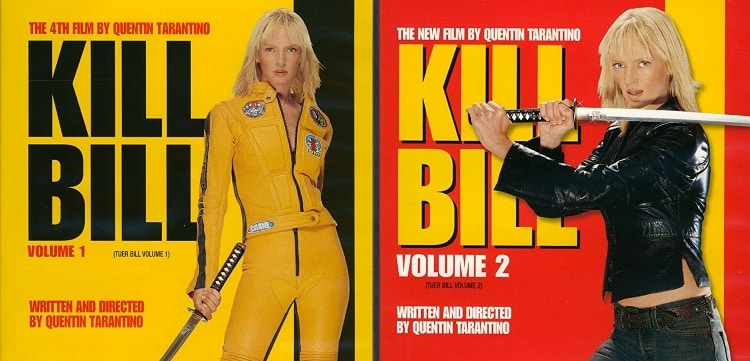


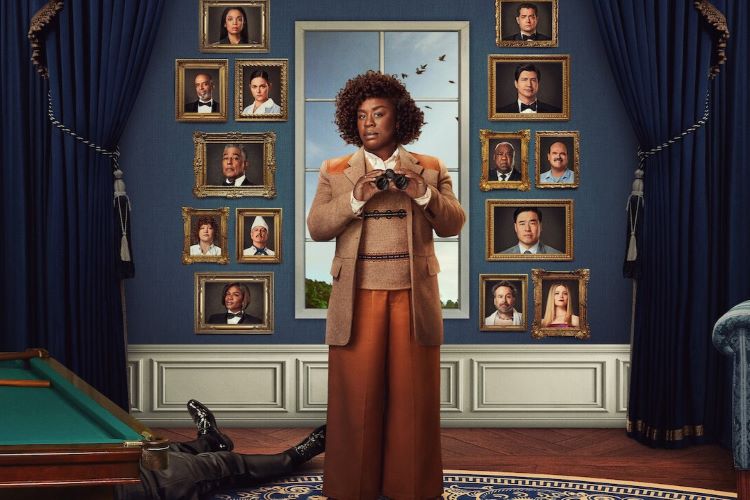
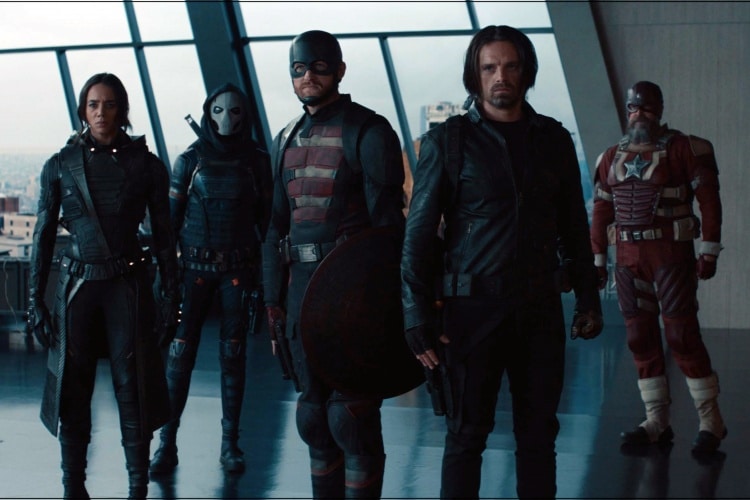
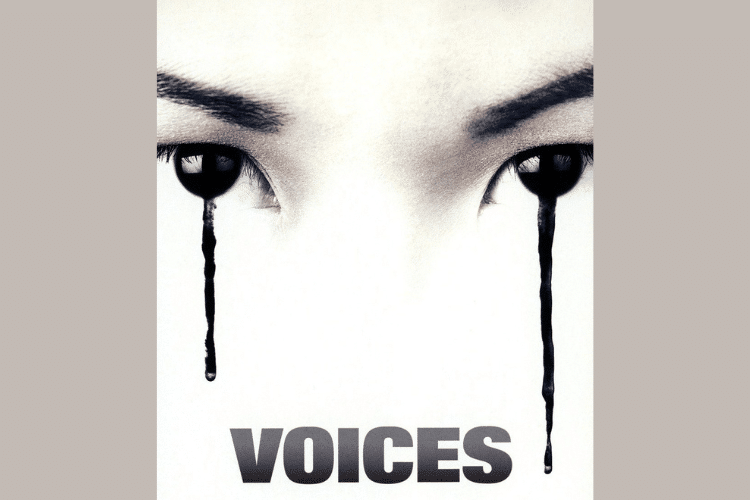
Leave a Reply